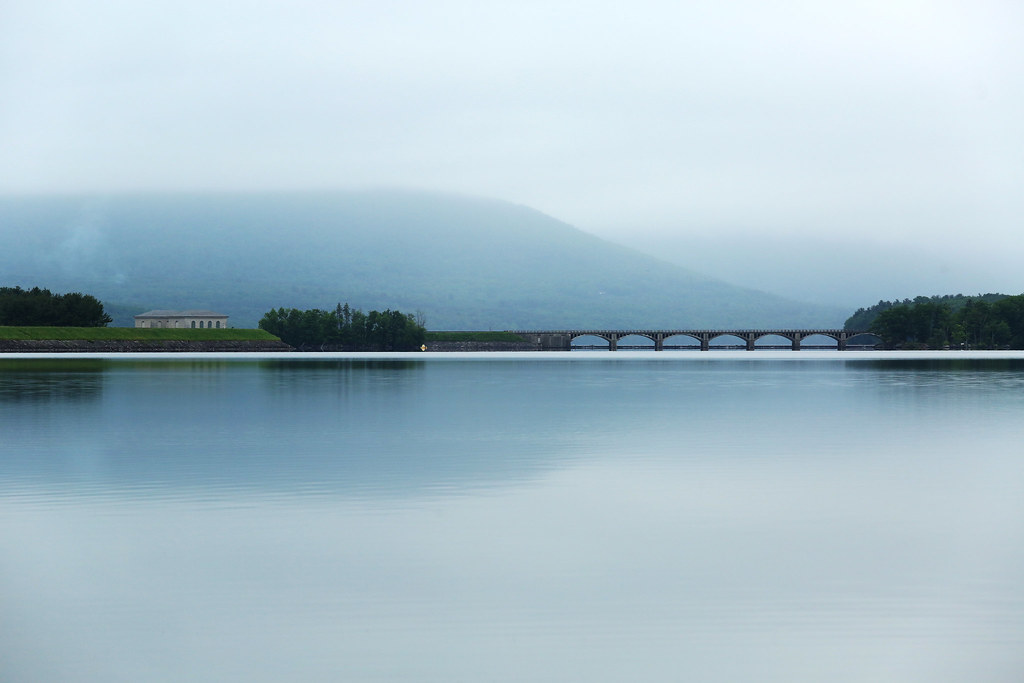
 Environmental Protection311
Environmental Protection311 Search all NYC.gov websites
Search all NYC.gov websites
Water Supply
The New York City Water Supply System provides one billion gallons of safe drinking water to New York City’s 8.5 million residents every day. The system also provides about 110 million gallons a day to one million people living in Westchester, Putnam, Orange, and Ulster counties.
For information about how the water from our supply systems is distributed for consumption in New York City, visit Current Water Distribution. To learn about the history of our water supply system, visit History of New York City’s Drinking Water.
Reservoir & Release Levels
Forecasting reservoir levels in New York City’s Water Supply System is one of the most important and most difficult tasks we face in the operation of the water supply. Reservoir levels are primarily determined by the balance between streamflow into the reservoirs, diversions (withdrawals) for water supply, and releases to maintain appropriate flows in the rivers below the dams.
Visit Reservoir & Release Levels to learn more.
The New York City Watershed
The Water Supply System is comprised of 19 reservoirs and three controlled lakes and spreads across a 2,000-square-mile watershed. The watershed is located in portions of the Hudson Valley and Catskill Mountains, with areas that are as far as 125 miles north of New York City.
The New York City Water Supply System consists of three individual water supplies:
- The Catskill Water Supply System, located in Ulster, Greene, Schoharie, and Delaware counties
- The Delaware Water Supply System, located in Delaware, Sullivan, and Ulster counties
- The Croton Water Supply System, located in Putnam, Westchester, and Dutchess counties
Water Supply Reservoirs
Learn more about each of the 19 reservoirs that make up New York City’s vast water supply system.
Catskill/Delaware Water Supply System Reservoirs
Croton Water Supply System Reservoirs



